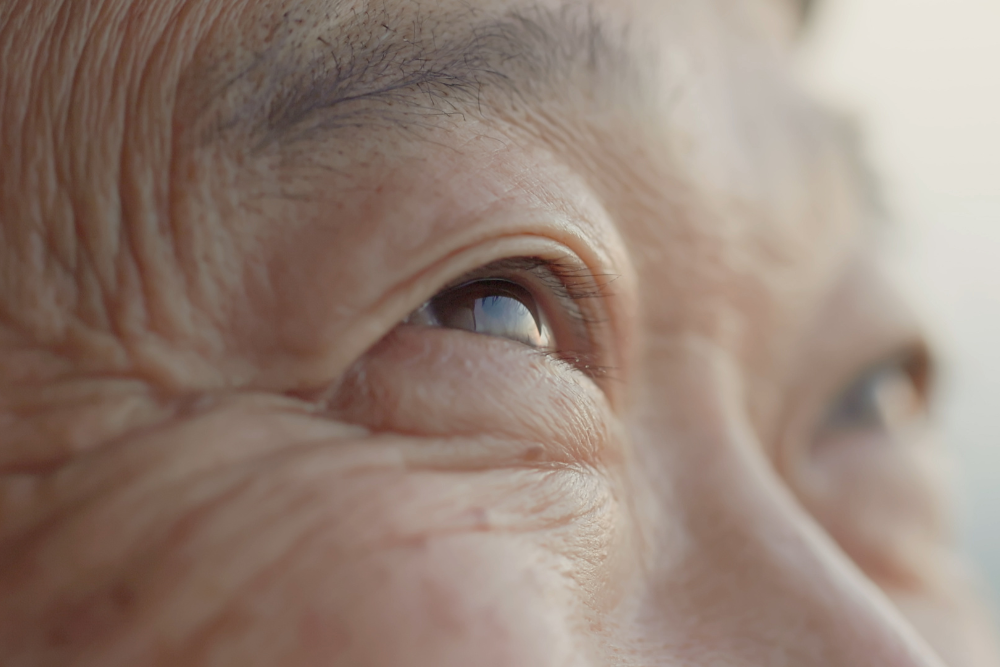Can Diabetic Retinopathy Damage Be Reversed?

Do you struggle to disconnect from your phone and other devices before bed? If so, you may be increasing your diabetes risk, as artificial light exposure may raise your blood sugar, or glucose, levels. This can also be a sign of insulin resistance, in which your muscles, fat, and liver don’t respond well to insulin and have trouble removing glucose from your blood.
The truth is, having type 1 diabetes, type 2 diabetes, or gestational diabetes (i.e. diabetes during pregnancy) can also damage your vision, as you could be increasing your risk for a very common condition called diabetic retinopathy. Diabetic retinopathy cannot be reversed or cured but, by getting regular screening eye examinations, you can better monitor its progression, and take any necessary actions to preserve your vision.
How Does Diabetic Retinopathy Harm Your Vision?
With this condition, diabetes boosts glucose levels, and over time, your retina’s blood vessels may be damaged. The retina, a thin layer of photosensitive tissue in the back of the eye, converts light and images into nerve signals that go to the brain, enabling us to see. Diabetic retinopathy may cause small red bulges, or microaneurysms, to form, resulting in fluid and blood leaking into the retina. Blisters can also form within these blood vessel walls, and when they burst, retinal hemorrhages, or excessive bleeding, can occur.
The Necessity of Diabetic Retinopathy Eye Exams
For anyone with diabetes, regular screening eye examinations are important. But when it comes to diabetic retinopathy, health experts recommend that older adults with diabetes get a comprehensive dilated eye exam at least once a year. This is because the longer you’ve lived with diabetes, the greater your chances of developing diabetic retinopathy.
This condition can progress to a more serious form. But by following a consistent exam schedule, your ophthalmologist can detect and diagnose you earlier. You need to mention any visual changes, such as sudden changes or blurry, spotty, or hazy vision. But if you see dark, floating spots or cobweb-like streaks, seek immediate medical treatment.
What Diagnosis Methods Are Used With Diabetic Retinopathy?
During your eye exam, your ophthalmologist will inspect your eyes for signs of diabetic retinopathy, including abnormal blood vessels, bleeding, leakage, swelling, and retinal detachment. This may involve the use of such diagnostic tools as:
- Eye dilation – Special eye drops are applied to dilate, or widen the pupil, the opening through which light passes. Dilation provides your ophthalmologist with a closer look at your retina.
- Ophthalmoscopy – With this test, which should be provided once per year, your ophthalmologist uses an instrument called an ophthalmoscope to observe and assess any retinal damage.
- Fluorescein angiography – This test involves colored dye being injected into the bloodstream to highlight the eye’s blood vessels. It is used to take pictures and analyze images for signs of closed, broken, or leaking blood vessels.
- Optical coherence tomography (OCT) – Ophthalmologists use infrared light to capture cross-sectional retinal images. This allows them to check if fluid has leaked into the retinal tissue.
Should your eye doctor diagnose diabetic retinopathy, they’ll initially monitor your eyes’ health. You should also continue to monitor your vision on your own.
While diabetic retinopathy cannot be reversed, getting regular screening eye exams can help to monitor your retinal health. If you are in Palm or Broward County in South Florida and would like to schedule an appointment with a diabetic eye specialist, we invite you to contact Retina Group of Florida.

